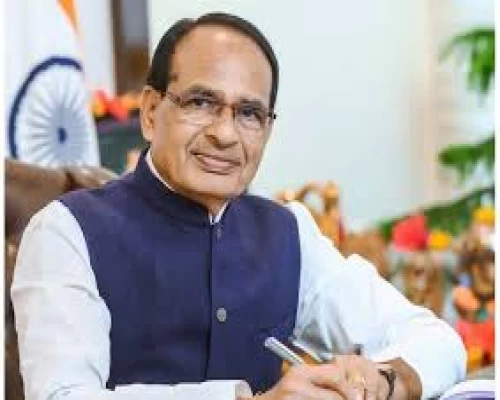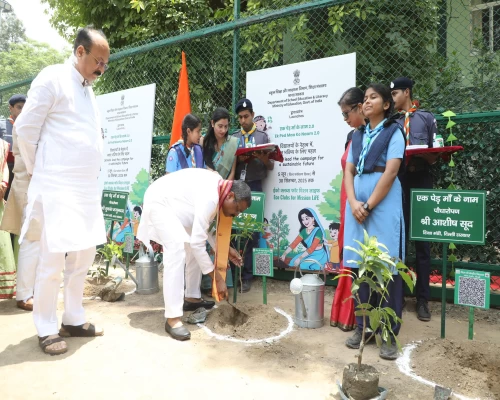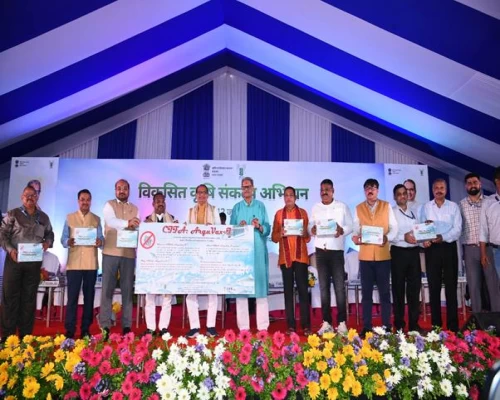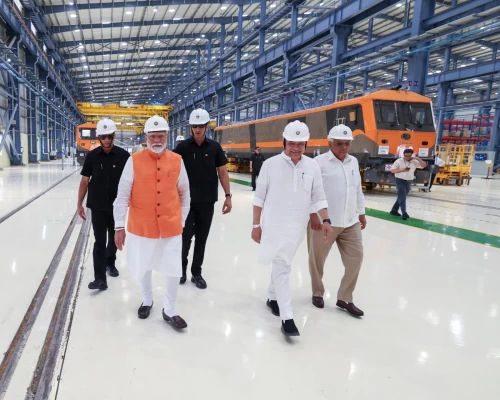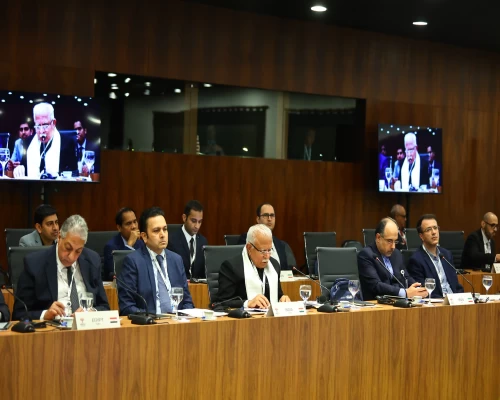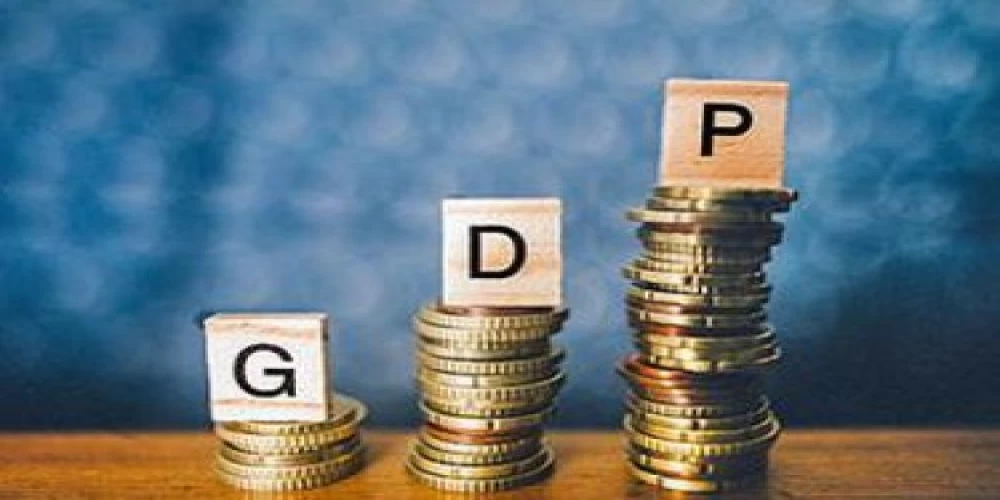
India’s gross domestic product (GDP) will grow by 8-8.5 per cent in real terms in 2022-23 as per the projections of Economic Survey 2021-22, which Union Minister for Finance and Corporate Affairs Nirmala Sitharaman presented in Parliament on Monday.
“Indian economy is estimated to grow by 9.2 per cent in real terms in 2021-22 (as per the advanced estimates) subsequent to a contraction of 7.3 per cent in 2020-21. GDP is projected to grow by 8-8.5 per cent in real terms in 2022-23,” said the Survey.
The projection is comparable with the World Bank and the Asian Development Bank’s latest forecasts of real GDP growth of 8.7 per cent and 7.5 per cent respectively for 2022-23. As per the IMF’s latest World Economic Outlook projections, India’s real GDP is projected to grow at 9 per cent in 2021-22 and 2022-23 and at 7.1 per cent in 2023-2024, which would make India the fastest growing major economy in the world for all three years.
According to the Economic Survey 2021-22, agriculture and allied sectors are expected to grow by 3.9 per cent; industry by 11.8 per cent and services sector by 8.2 per cent in 2021-22. On the demand side, consumption is estimated to grow by 7 per cent, gross fixed capital formation (GFCF) by 15 per cent, exports by 16.5 per cent and imports by 29.4 per cent in 2021-22.
Macroeconomic stability indicators suggest that the Indian Economy is well placed to take on the challenges of 2022-23. Combination of high foreign exchange reserves, sustained foreign direct investment, and rising export earnings will provide an adequate buffer against possible global liquidity tapering in 2022-23.
Economic impact of the ‘second wave’ was much smaller than that during the full lockdown phase in 2020-21, though the health impact was more severe. The Government of India’s unique response consisted of safety-nets to cushion the impact on vulnerable sections of society and the business sector, significant increase in capital expenditure to spur growth and supply side reforms for a sustained long-term expansion.
The government’s flexible and multi-layered response is partly based on an ‘Agile’ framework that uses feedback-loops, and the use of eighty high frequency indicators (HFIs) in an environment of extreme uncertainty.





